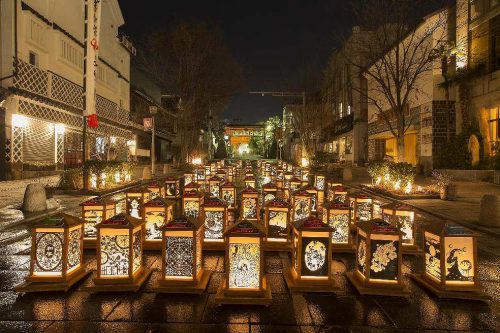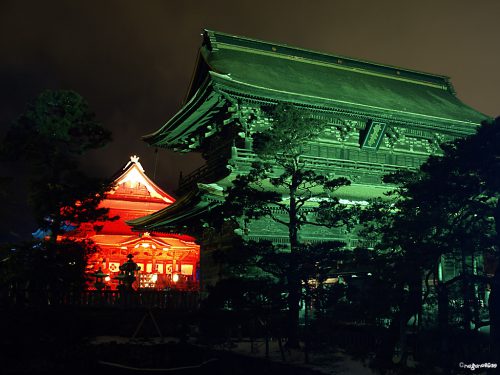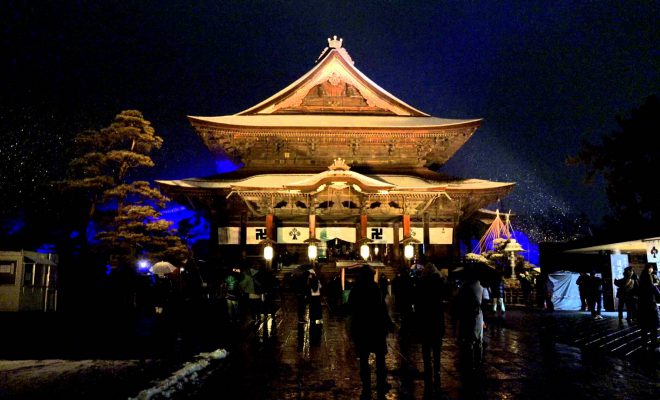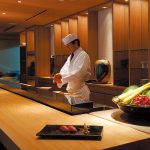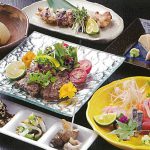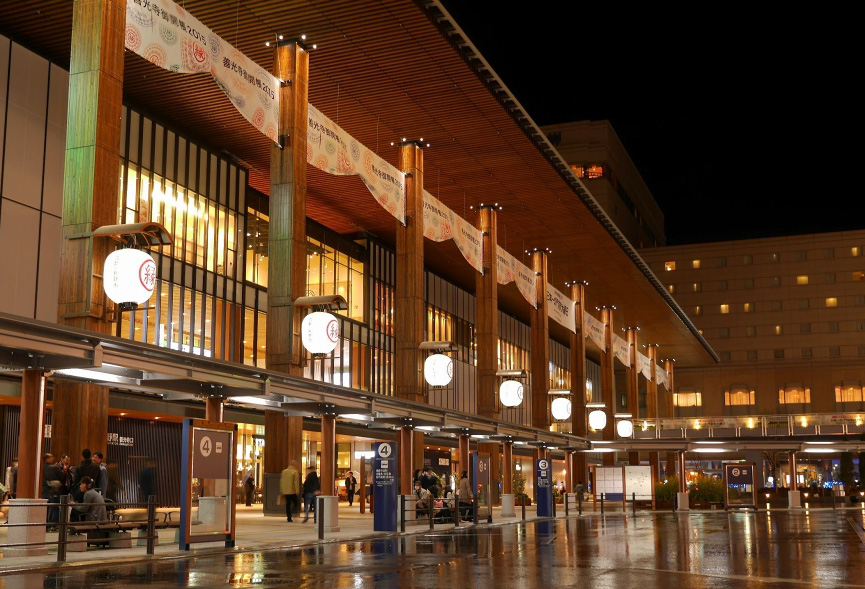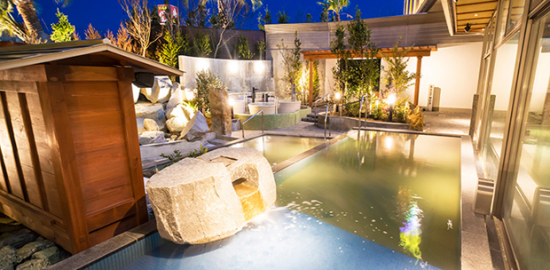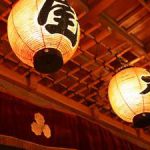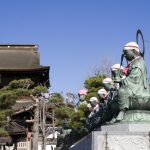Zenkoji
Zenkoji Temple (Zenkoji), is Nagano’s must-see attraction and is among Japan’s most-visited temples. Zenkoji is considered to be one of the most popular temples in Japan, and is the second largest in size after Nara’s Todai-ji. It is surrounded by a bustling religious district and can be reached by following the lively Nakamise Avenue that is lined with temple lodgings, shops and abbey residences.
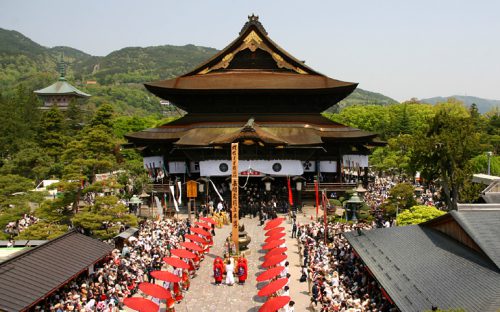
Zenkoji has over 1400 years of history since its original construction, and is said to hold Japan’s oldest buddha statue, a statue to Amida Nyorai (Amitabha Tathagata), which serves as the temple’s principal image.
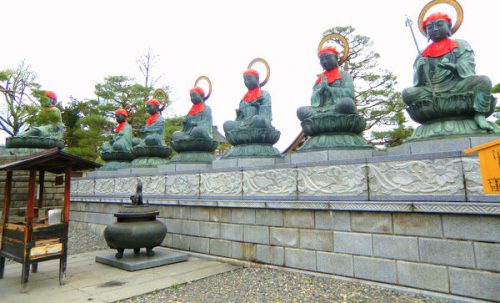
Zenkoji is also considered a unique temple for a variety of reasons. It belongs to both the Jodo sect and Tendai sect simultaneously, has always been open to women, and has a unique north-to-south layout with Mount Omine to the north. As a temple of the common people, all visitors are welcome regardless of religious beliefs, and Zenkoji attracts many visitors from throughout the country and around the world.
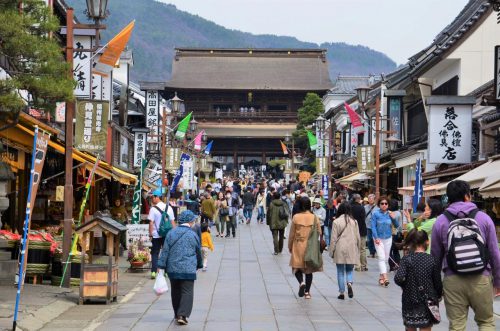
The surrounding town began to develop around the temple’s growth during the Kamakura era. The temple has suffered damage at various points in its history, so the current structure is actually the 11th reconstruction. The first structure dates back to 1707.
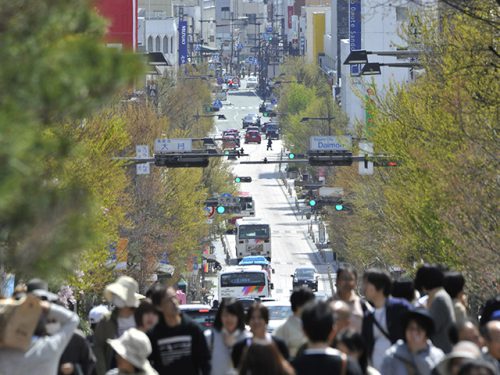
When Yoshimitsu Honda enshrined a Buddhist Image at the present site, the history of Zenkoji temple started. The main image was created in India and was introduced into Japan with Buddhism via Paekche in Korean Peninsula in 552. The image is called “The Image of Sangoku Denrai” in Japanese. This image has been believed to lead all the people to the Buddhist Pure Land regardless of their status, gender or creed. It has been earnestly worshipped by many people from those in power at the time to the common people. The main image was completely hidden from the people in 654, and since then, no one has ever been allowed to see it. A replica version of the statue was created, and is only put on public display every 6 years (next due in 2021) at an event named ‘Gokaicho’. The original remains hidden out of view and is referred to as ‘hibutsu’.
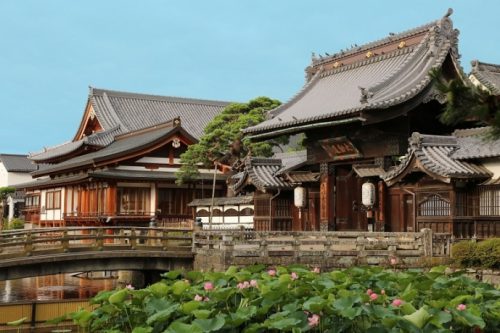
Nagano Toumyou Festival – held on February every year
